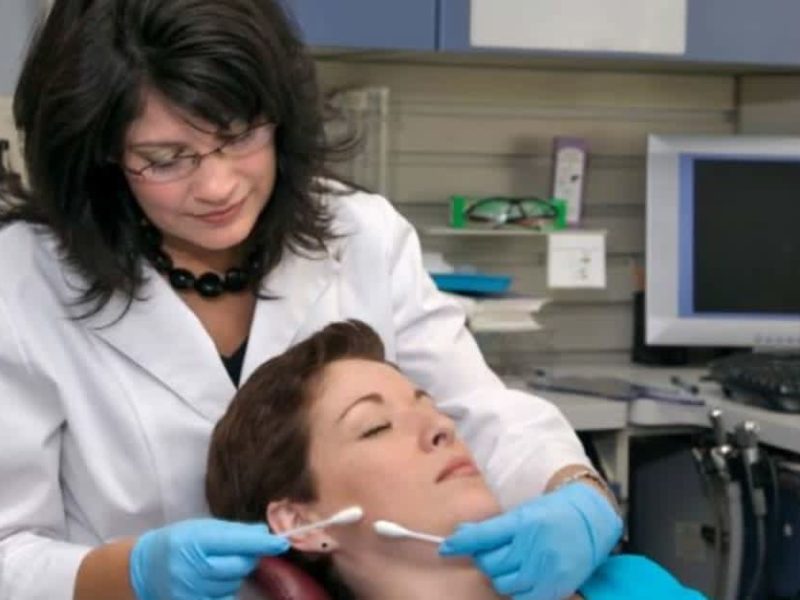An Certified Registered Nurse Anesthetist (CRNA), is a highly-skilled nursing professional specializing in anesthesia. Here are key points about their role and responsibilities.
Education and Certification:
Nurse anesthetists (APRNs) are advanced practice registered nurses (APRNs). To become Certified Registered Nurse Anesthesia professionals they must hold at minimum a bachelor of nursing, pass the National Council Licensure Examination for Registered Nurses (NCLEX-RN), complete a graduate level nurse anesthesia educational program accredited by COA as well as pass their National Certification Examination in order to practice as CRNA.
Role and Responsibilities:
Nurse anesthetists provide anesthesia services and associated care before, during, and postsurgical procedures involving surgery, therapy, diagnostic imaging studies, or obstetrical services requiring general anesthesia – from surgical, therapeutic to diagnostic imaging scans or even airway management procedures. Furthermore, pain management as well as emergency services such as airway management is provided under their direction.
CRNAs provide all forms of anesthesia, including general, regional (such as epidurals and nerve blocks) and sedation anesthesia to meet each individual patient’s unique needs. They tailor anesthesia specifically to each person they treat.

Independence and Collaboration:
CRNAs often practice independently; however they may work collaboratively with anesthesiologists, surgeons, dentists, podiatrists or other healthcare providers depending on state regulations or institutional policies. Their level of autonomy varies accordingly.
Conditions in Which They Practice:
Nurse anesthetists work in various healthcare environments, such as hospitals, outpatient surgical centers, physicians’ offices, dental practices, pain clinics and military healthcare facilities.
Patient Care:
They play an active role in preoperative assessments and discussing anesthesia options with patients prior to procedures; monitoring vital signs during procedures and overseeing recovery post-procedure while managing any anesthetic-related complications post-procedure.
Demand and Salary:
CRNAs are in high demand due to their expertise and cost-cutting care capabilities, earning among the highest salaries among nursing professionals.
Nurse anesthetists play an invaluable role in healthcare delivery systems, providing essential anesthesia services for various procedures and surgeries. Their knowledge and care play a pivotal role in patient safety during operations or other medical processes.
As a Certified Registered Nurse Anesthetist (CRNA), my role in prepping patients for specific surgeries – like abdominal ones – involves several key steps that ensure their safety and well-being. Here’s my approach:
Pre-Operative Assessment
Initial Examination: I begin the pre-operative assessment by conducting an in-depth medical history review for each individual, including previous surgeries and their response to anesthesia. Factors like age, weight, allergies, current medications taken as well as lifestyle habits like smoking or alcohol consumption play a vital role.
Physical Examination: As part of my comprehensive physical exam, I pay special attention to airway anatomy which is integral for effective anesthesia management.
Lab Tests and Medical Clearance: As needed, I review recent lab results or request new ones from patients with certain medical issues (e.g. cardiac conditions). Sometimes obtaining clearance from their specialist is required before proceeding further with treatment.
Anesthesia Plan
I tailor an anesthetic choice based on surgery type and patient profile to find anesthesia best suited to their procedure – typically general anesthetic for abdominal procedures.
Discussing with the Patient: Before administering any anesthetic treatment, I provide my patients with information regarding its risks, benefits and any concerns they might have about anesthesia procedures. Acquiring informed consent is vital.
Intra-Operative Care
Anesthesiologist/Anesthesiology Provider
I administer anesthesia via IV before transitioning into inhaleable agents as needed, taking careful account of each individual patient’s weight and health status when selecting dosage amounts for these two routes of administration.
Monitoring Vital Signs: I monitor a patient’s vital signs throughout the operation – heart rate, blood pressure, oxygen saturation level and respiratory rate – and adjust anesthesia as necessary.
Manage Complications:
Potential intra-operative risks could include allergic reactions, changes to blood pressure or unexpected heart or lung conditions that require me to intervene quickly with medications or interventions to stabilize patients and return them back into an anesthesia state. I am prepared with immediate medication or intervention strategies as necessary in order to keep these complications under control and provide safe care to the patient.
Emergence From Anesthesia: Following surgery, I oversee my patient’s emergence from anesthesia, making sure they regain consciousness without experiencing immediate post-op pain management issues.
Monitoring Complications: I will keep an eye out for any complications such as nausea, vomiting or respiratory depression that arise as part of treatment for severe pain management strategies are adjusted as necessary.
Patient Education: Before discharging my patients from surgery, I provide post-op care instructions which include pain management strategies, activity restrictions and any potential signs of complications that they should monitor for.
Follow-Up Appointments or Phone Calls are often scheduled after treatment to check on a patient’s recovery process and assess what may need to change for optimal recovery.
Key Considerations in Decision-Making
Patient Age and Weight are critical elements in dosing decisions regarding anesthesia for most procedures. imunitar Medical History can influence these choices further as any history of heart disease, lung disorders or any major illnesses can impact anesthetic selection and management decisions.
Current Health Status: Emergent conditions such as infections or fluctuating vital signs may require postponement or modification to anesthesia plans.
Conclusion
My primary objective as a CRNA is to ensure patient safety and comfort throughout their surgical experience, from planning through post-op care and patient education for an effortless recovery experience.



